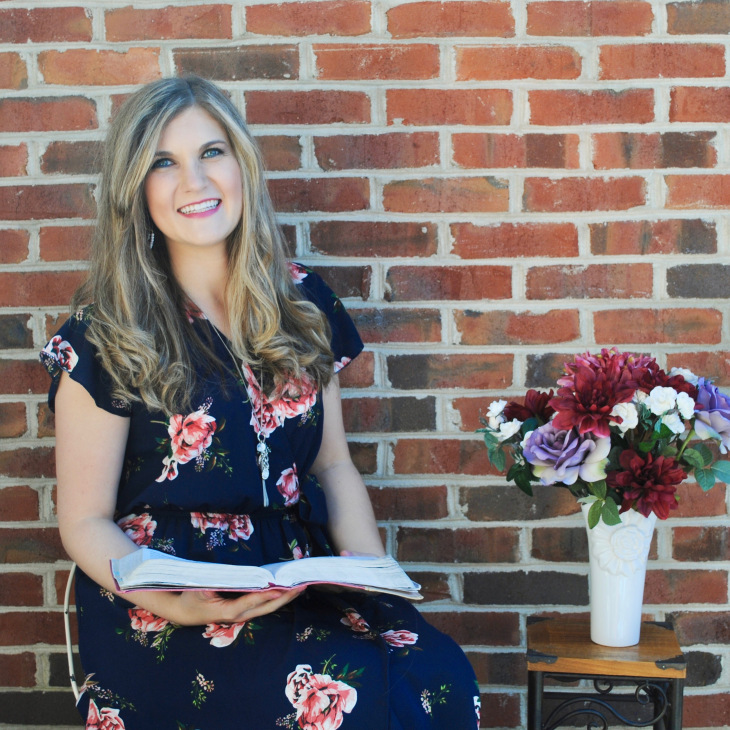What Are the 3 Annual Feasts in the Bible?

As someone who is not Jewish, it can be very common to read traditions and customs in the Bible and have little to no understanding of what is mentioned. With years of rich history and culture, the Scriptures tell us of the people of God who were set apart by Him. This people group continually fell short and sinned and believed that the Lord would provide a Messiah. We know that Jesus was the Messiah and came from the Jewish people to save not only them but anyone who believes in every tribe and tongue. The Lord taught the Jewish people to celebrate three annual festivals. Today we are going to explore each one and its purpose in hopes to gain a greater understanding and appreciation for God and His Word.
Exodus 23:14 says, “Three times a year you are to celebrate a festival to me.”
The Feast of Unleavened Bread (Passover)
One of the annual feasts that the Jews celebrated was the Feast of Unleavened Bread, also known as Passover.
Exodus 23:15 says, “Celebrate the Festival of Unleavened Bread; for seven days eat bread made without yeast, as I commanded you. Do this at the appointed time in the month of Aviv, for in that month you came out of Egypt. ‘No one is to appear before me empty-handed.’”
Unleavened Bread was celebrated in remembrance of God protecting the Israelites from the angel of death in Egypt. In the midst of Moses and Aaron going before Pharoah to let God’s people go from slavery, the final plague was being sent. The angel of death would come and take the first born of every household. If the blood of an animal was smeared across the doorposts, the angel would “pass over” that household. The Israelites who did this in faith and trust in the Lord were spared from the death. (See Exodus 12)
Exodus 12:14 says, “This is a day you are to commemorate; for the generations to come you shall celebrate it as a festival to the Lord—a lasting ordinance.”
In Exodus 12:14-20 God provides instructions for the people on how to celebrate this feast.
- For 7 days eat bread without yeast
- On the 1st day, all yeast is to be removed from the house and not eaten or that person would be cut off from Israel
- On Day 1 and Day 7 a sacred assembly is held. There should be no work these days except food prep.
- In the first month, the Israelites cannot eat any yeast from days 15-21. (Leviticus 23:4-8)
- 7 days of food offerings to the Lord
- During the seven days feast, even visitors and foreigners have to abide by the rules.
New Testament Fulfillment: Jesus fulfills our eternal need for salvation. Where the original Passover was a temporary rescue, Jesus came down as a Sacrificial Lamb and died on our behalf and rose Himself back to life to save us from eternal death. Jesus celebrated the Passover with His disciples. What we know as the Lord’s Supper was part of the Passover feast. (Matthew 26:17-30, Mark 14:12-26, Luke 22:1-38, John 13)
Jesus celebrated Passover throughout His life. One of our only records of Jesus in his childhood was during Passover when his family went to the temple. (Luke 2:41-52)
1 Corinthians 5:7 says is beautifully, “Get rid of the old yeast, so that you may be a new unleavened batch—as you really are. For Christ, our Passover lamb, has been sacrificed.”
The Feast of Weeks (Pentecost)
This well-known feast is also called the Festival of Harvest.
Exodus 23:16a says, “Celebrate the Festival of Harvest with the firstfruits of the crops you sow in your field.”
Leviticus 23:15-22 describes how to celebrate this feast.
- Celebrated 7 weeks (50 Days) after the Feast of Firstfruits.
- Present an offering of new grain to God.
- Bring 2 loaves (Made from two-tenths of an ephor of flour, baked with yeast). This is the wave offering
- Present also 7 male lambs (1 year and younger without blemish) 1 young bull and 2 rams as a burnt offering
- Sacrifice 1 male goat (sin offering) and 2 lambs under the age of 1 (fellowship offering)
- Proclaim sacred assembly and do no work
There is also a beautiful statement about whenever the people of Israel reaped their harvests in their land to leave the edges for the poor and the foreigner. (Leviticus 23:22) We see this come into provision for Ruth who is in the lineage of Jesus. (Ruth 2:2-3)
New Testament Fulfillment: 1 Corinthians 15:23 says, “But each one in his own order: Christ the firstfruits, afterward those who are Christ's at His coming.” What is amazing about this verse is in thinking about how Jesus fulfilled Pentecost. His sacrifice on the cross was a First Fruit offering to the Lord. Then, once He reappeared, He ascended to the right hand of God on the throne. However, Jesus promised to send His Holy Spirit. This came beautifully at Pentecost.
Acts 2:1 says, “When the day of Pentecost came, they were all together in one place. Suddenly a sound like the blowing of a violent wind came from heaven and filled the whole house where they were sitting. They saw what seemed to be tongues of fire that separated and came to rest on each of them. All of them were filled with the Holy Spirit and began to speak in other tongues as the Spirit enabled them.”
To think that this day which meant so much to these Jewish followers of Christ was being fulfilled in a new way at the coming of the Holy Spirit on the Day of Pentecost, the Feast of Weeks.
The Feast of Booths (Tabernacle)
Exodus 23:16b says, “Celebrate the Festival of Ingathering at the end of the year, when you gather in your crops from the field.”
This feast is the third festival that Israel was commanded to observe every year. This was a feast of celebration and almost similar to modern-day camping. It was a time of rejoicing and offering a food offering to the Lord after a harvest.
Leviticus 23:33-43 describes how to celebrate this feast.
- On the 15th day of the 7th month in the Hebrew Calendar
- Lasting from days 15-21
- 1st Day: Hold a sacred assembly and do no work. Take branches from luxuriant trees (palm, willow, leafy trees) and rejoice before God.
- For seven days, present food offerings to the Lord
- 8th Day: Hold a sacred assembly and present a food offering to God, do no work
- This festival comes after gathering crops of the land
- During the feast, live in shelters (Or booths) as a reminder that the Israelites lived in temporary shelters when God brought them out of Egypt
New Testament Fulfillment: We see Jesus attend the Festival of Tabernacles in John 7. He ended up teaching halfway through the festival and it was very controversial to the people. Some believed he was the Messiah, some a prophet, and others thought that he was demon-possessed. On the last day of the festival, Jesus said, “Let anyone who is thirsty come to me and drink. Whoever believes in me, as Scripture has said, rivers of living water will flow from within them.” (John 7:37-38) Jesus was revealing Himself as the Messiah to the Jews.
I love how God used these 3 annual feasts to remind His people where He brought them from, and through Jesus where we are going. They are significant not only to the Jews but to Gentiles alike. In understanding the purposes and meanings of these feasts, we have a larger grasp of our Savior Jesus and what He accomplished on our behalf.
Photo credit: ©GettyImages/artisteer

Originally published April 29, 2022.







